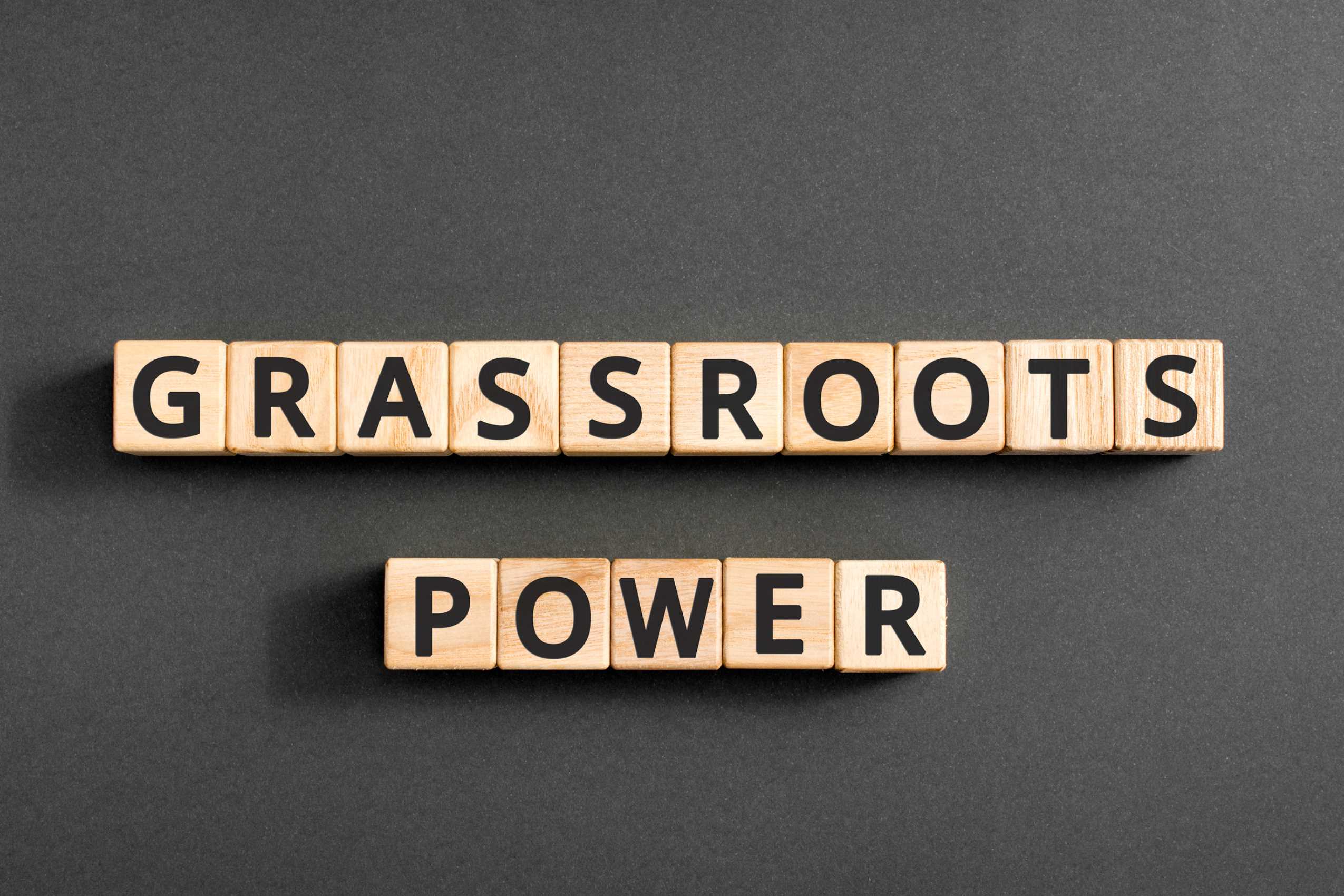
One Schenectady
Resident-Led Systems Change.
The pandemic cast a tragic veil over 2020. It stole the health and lives of beloved family and friends, took away jobs and livelihoods. Middle class families went to food pantries for the first time. Families already under-resourced were pushed deeper into crisis. Racial and economic disparities widened.
Despite this catastrophic turn of events, there are silver linings. If anything, 2020 pointed out the need for long-needed transformative change. If Schenectady is to thrive -- not just survive -- we need to change how we behave as a community.
We must go forward together as “One Schenectady”.
Our Vision for One Schenectady Resident-Driven Systems Change.
One Schenectady is a movement seeking to build resident power, unlock human potential, and create a community where opportunity meets the limitless possibilities of its residents, government and allied non-profits.
We advocate establishing a community culture in Schenectady County where residents are provided with the support and power to fully participate in the decisions that most affect them. By fostering trust, commitment, transparency and consistency, we can establish authentic relationships, ensuring that each individual’s needs are met and they have agency over their own lives.
What is the “One Schenectady Systems Change Initiative”?
An opportunity to transform our approach toward equity and justice in education, economic opportunity, food security, health, and quality of life for all Schenectady residents. The development of our collaborative culture has positioned us to take on the challenges of improving outcomes through a comprehensive understanding of the impact of systems. This started as a 16 month project guided by national consulting firm Community Science to engage a wide range of Schenectady County stakeholders to identify shifts we can make in systems to improve user outcomes.
Tell Me About Systems Change!
In its simplest form, systems change is understanding how our systems – health, education, social services, housing, workforce development, child care and many others – actually have shaped and maintained long-standing disparities. Systems themselves, while intending to operate for the betterment of their users, can inadvertently erect barriers to their well-being.
The key difference in doing systems change work is listening to the users of systems to inform how we can make shifts to remove barriers, and reduce disparities. This is a complex topic. We’ve provided a glossary of links to articles and information so you can learn more.
Why Is This Important To Do?
Most community investment is programmatic. Even strong programs may only, at best, achieve incremental change. When we look at the imbedded trends of disparity – economic, educational, health, etc. – we need to recognize that we can’t program our way out of them. Only by understanding how systems work, or don’t (through the lens of the system user), can we truly get at the root causes of intractable issues.
What is the intended impact?
The intended long-term outcome we envision is that decisions regarding policies and practices of systems and institutions will be increasingly driven by the empowered and engaged residents of the community.
We will establish a vibrant, inclusive, and thriving community where every individual has opportunities to succeed. We are committed to fostering innovation and implementing practical solutions that address the diverse needs of our community, prioritizing action over mere discussion. By building strong relationships, promoting collaboration, providing technical assistance and removing barriers, we aim to empower residents to become leaders and create lasting positive change for generations to come.

